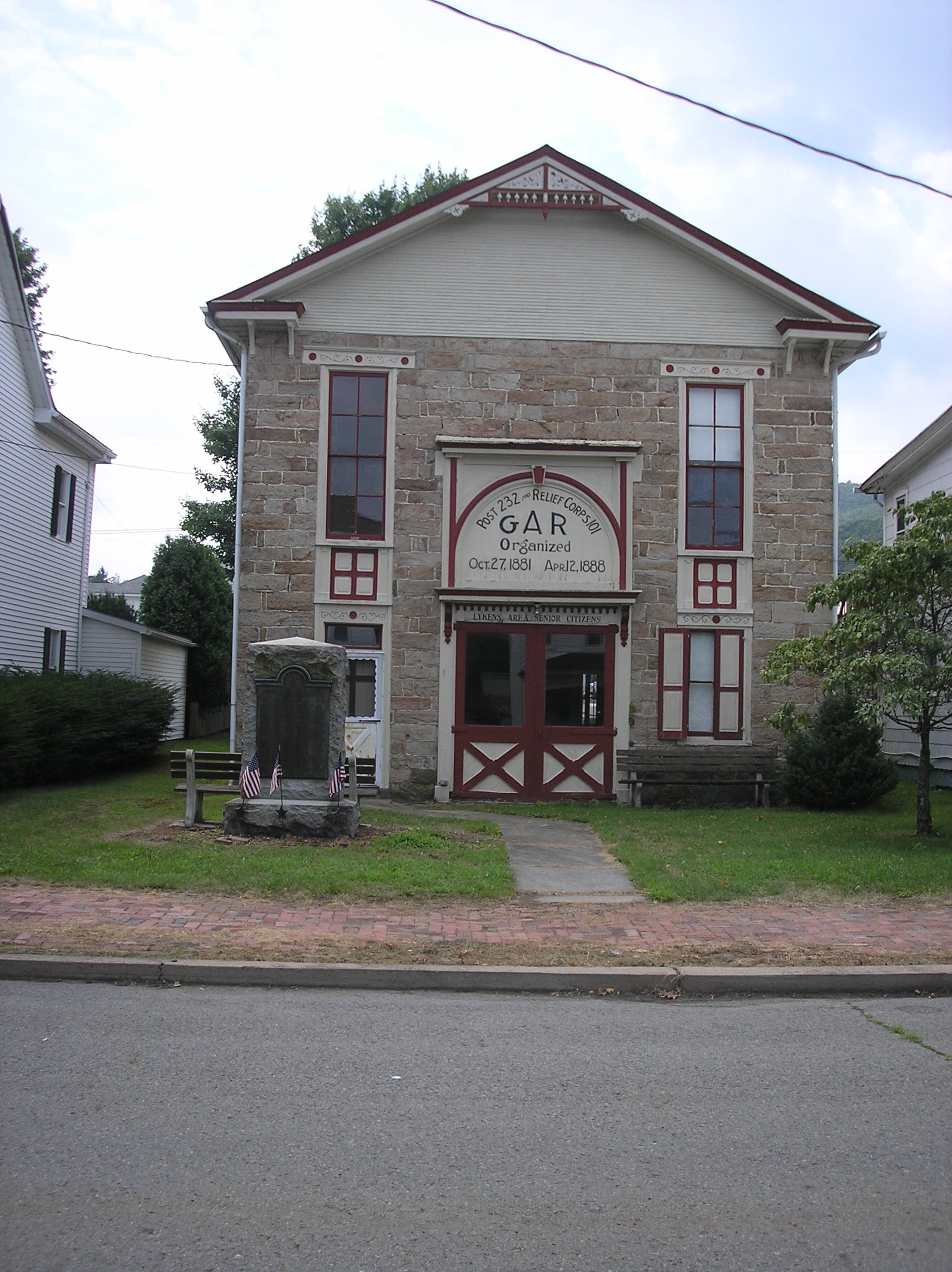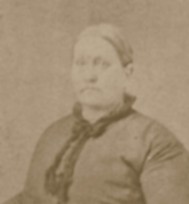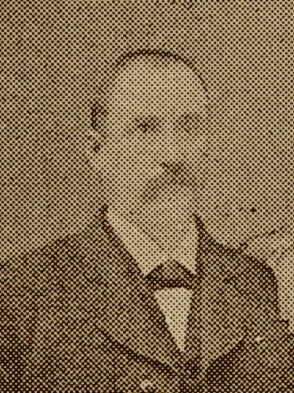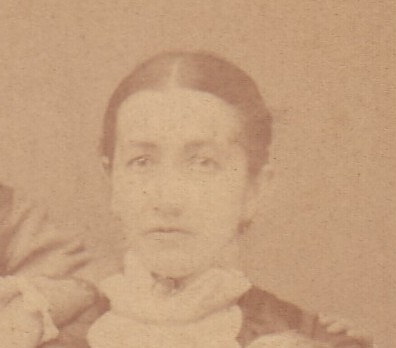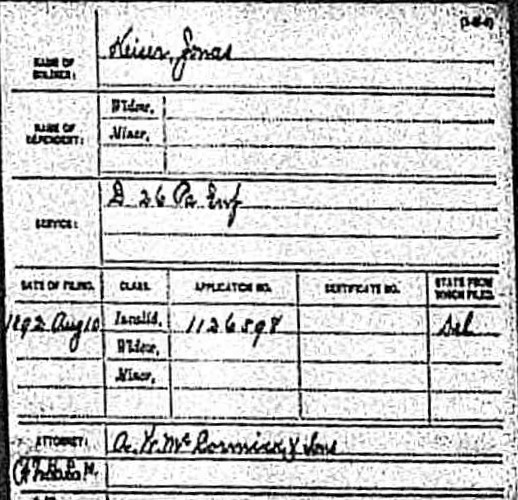Posted By Norman Gasbarro on October 2, 2011

Samuel Fryberger
A post on another blog and an article in the Shamokin News Item sparked curiosity about the Civil War soldier named therein – Samuel Fryberger. Is it possible that this Northumberland County soldier should be included in the Civil War Research Project? Although Shamokin is just outside the triangular geographic area of the project study, some of the soldiers from the Shamokin area did end up in or around the Lykens Valley area at some time or another in their lives.
Reference is first made to a blog post on the “48th Pennsylvania Infantry: An On-Line Journal Dedicated to a Civil War Regiment,” written by John David Hoptack, a Civil War historian, 16 March 2009. In his post, Hoptack gives information supplied by a descendant, Heather Makal – including a picture of Samuel Fryberger and a photo of his grave marker in the Shamokin Cemetery. The article points out that Fryberger was born in Fountain Springs (a community in Schuylkill County). Schuylkill County claim to have supplied more than 12,000 soldiers to the war effort – and quite often, if a veteran is found in the Schuylkill County list, there are links to the Gratz project. Within the geographic area of study of the Gratz project are areas such as Foster and Barry Townships and Tremont. Many of the veterans from Gratz and the area around Gratz went to Pottsville to enroll (rather than to Harrisburg) because it was easier for them to get to Pottsville – and many of the regiments formed in Pottsville were made up of residents from Upper Dauphin and Lower Northumberland County residents. So, should Samuel Fryberger be included in the Civil War Research Project?
The second story appeared in an article in the Shamokin News Item by Joseph W. Humes, 25 May 2011. The story was entitled, “Local Breaker Boy Befomes a Fighting Man in the Civil War.” Humes used the same source for his story, the descendant, Heather Makal. The same picture is included plus a staff photo of the grave marker in the Shamokin Cemetery. Again, the same reference to Fountain Springs as the place of birth. With the date of birth given as 28 October 1846 in both articles, the name of the regiment and company (48th Pennsylvania Infantry, Company H), and other basic information, finding additional information through on-line sources should have been quite easy.
The first search, through Find-a-Grave, produced another Heather Makal contribution. There was not much new information.
The search on Ancestry.com produced some interesting results. First, an 1850 census return came up for Barry Township (shown below) which shows a 7 year old Samuel Fryberger living in the household of a Christian and Roseanna Fryberger, with a sibling Mary, age 10. If Samuel Fryberger was living in Barry Township in 1850, he should be included in the Civil War Research Project.

Click on document to enlarge.
All of the persons in the household were born in Pennsylvania, but what stood out was the age of Samuel. If he was “7” at the time of the census, he would have had to have been born around 1843, not the 1846 as indicated in the Humes and Hoptack articles – and he wouldn’t have been a “boy” of 14 when he enrolled in the 48th Pennsylvania Infantry in 1861 – he would have been closer to 18. Is it possible the census taker wrote his “4’s” like 7″s?” As can be seen in the entry just below Samuel – Godfrey Brocius – the individual is “47” and the “4’s” are made quite differently – the “7’s” made consistently throughout the sheet.
Another possibility is that there is a second Samuel Fryberger. For this to be true, there would have to be at least one common record (census, military record, etc.) where there are clearly two individuals with the same name. Since only one Samuel Fryberger was found in the 1850 census, the 1860 census was searched next. Again, only one Samuel Fryberger (as Samuel Fryburg) was found – but this time in Fulton County, Ohio! That record is shown below:

Click on document to enlarge.
This time, the mother’s name is Mary, she is a widow, and there are five other children in the household. Again, all were born in Pennsylvania. But the Samuel in this census is 15 years old – therefore born about 1845, and closer to the reported age of the Samuel Fryberger in the Hoptack and Humes articles.
The next sources to check are the military records… and behold there are two Samuel Fryberger‘s… one in Ohio and one in Pennsylvania. First shown below is the Pension Index card for the Samuel Fryberger who served in the 48th Pennsylvania Infantry and Veteran Reserve Corps. Second show is the Pension Index Card for the Samuel Fryberger who served in the 111th Ohio Infantry, Company K.

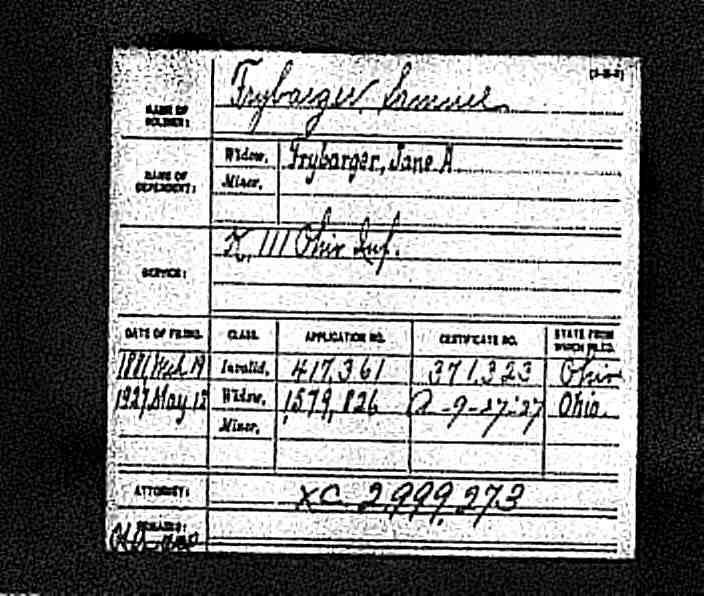
Since there are two Pension Index Cards and two different widows -both collecting pensions after 1890, a quick check of the 1890 Veterans’ Census would give a geographic location for each of the veterans. Census sheets were found for both, and not surprisingly, the Samuel Fryberger from Pennsylvania was residing in Shamokin and the Samuel Frybarger from Ohio (who had been born in Pennsylvania) was residing in Fulton County, Ohio.
Two quick checks of the Pennsylvania military records found that there are several index cards for the Samuel Fryberger who served in the 48th Pennsylvania Infantry and the information on those cards confirms that Samuel Fryberger enlisted twice in Company H and then transferred to the Veteran Reserve Corps. Also shown in the cards was that Samuel Fryberger claimed he was 18 when he first enlisted in 1861 – but then again claimed he was still 18 when he re-enlisted in 1864. This is consistent with the “lie” he told to the recruiters in order to enlist at the age of 14. However, there are other differences on the cards which make it appear that there there were two different Samuel Fryberger‘s – one who enrolled in 1861 and one who enrolled in 1864. The cards are shown below for comparison:

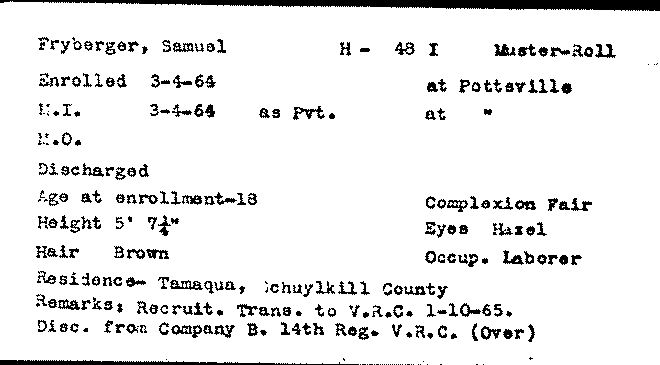
Nearly everything about Samuel Fryberger changed from 1861 to 1864. The height change was explained in the articles – he grew. The age change was also explained – he lied the first time. But his hair color, eye color, occupation, and residence also changed. Then, to make things even more baffling, his information only appears once in Register of Pennsylvania Volunteers for the 48th Pennsylvania Infantry:

Click on document to enlarge.

Click on document to enlarge.
In the Pennsylvania Registers at the Pennsylvania Archives, there is no record of his first enlistment. The second enlistment in 1864 was at Pottsville. He was recruited by Capt. Charlemagne Tower. Tower was the Provost Marshal for Schuylkill County (as previously reported on this blog).
The service record for the other Samuel Fryberger indicates he joined the 111th Ohio Infantry on 6 September 1862 and was mustered out on 17 June 1865 in Salisbury, North Carolina.
As for records of the 1863 Draft, no information has been found for either Samuel Fryberger. According to family records, the Samuel Fryberger of the 48th Pennsylvania Infantry, was born on 28 Oct 1846. He would not have been 18 until 28 October 1864 and therefore was not expected to register in July 1863. For the Samuel Fryberger of the 111th Ohio Infantry, he was already in the service when the draft took place .
What has been discovered here is that there are clearly two persons named Samuel Fryberger who were about 3 years apart in age, that both were born in Pennsylvania, that one served in an Ohio regiment and that one served in a Pennsylvania regiment. What has not been discovered is which one (if either) has the connection to the geographic area of study for the Civil War Research Project.
Anyone with information to help sort out this confusion is asked to come forward. The Civil War Research Project is always looking for stories and pictures of veterans who have some connection to the Lykens Valley area.
Documents are from Ancestry.com and the Pennsylvania Archives. The photo of the Samuel Fryberger is linked to the blog site of John David Hoptack.
Category: Research, Resources, Stories |
2 Comments »
Tags: Barry Township, Foster Township, Fryberger family, Tremont
 ;
;
